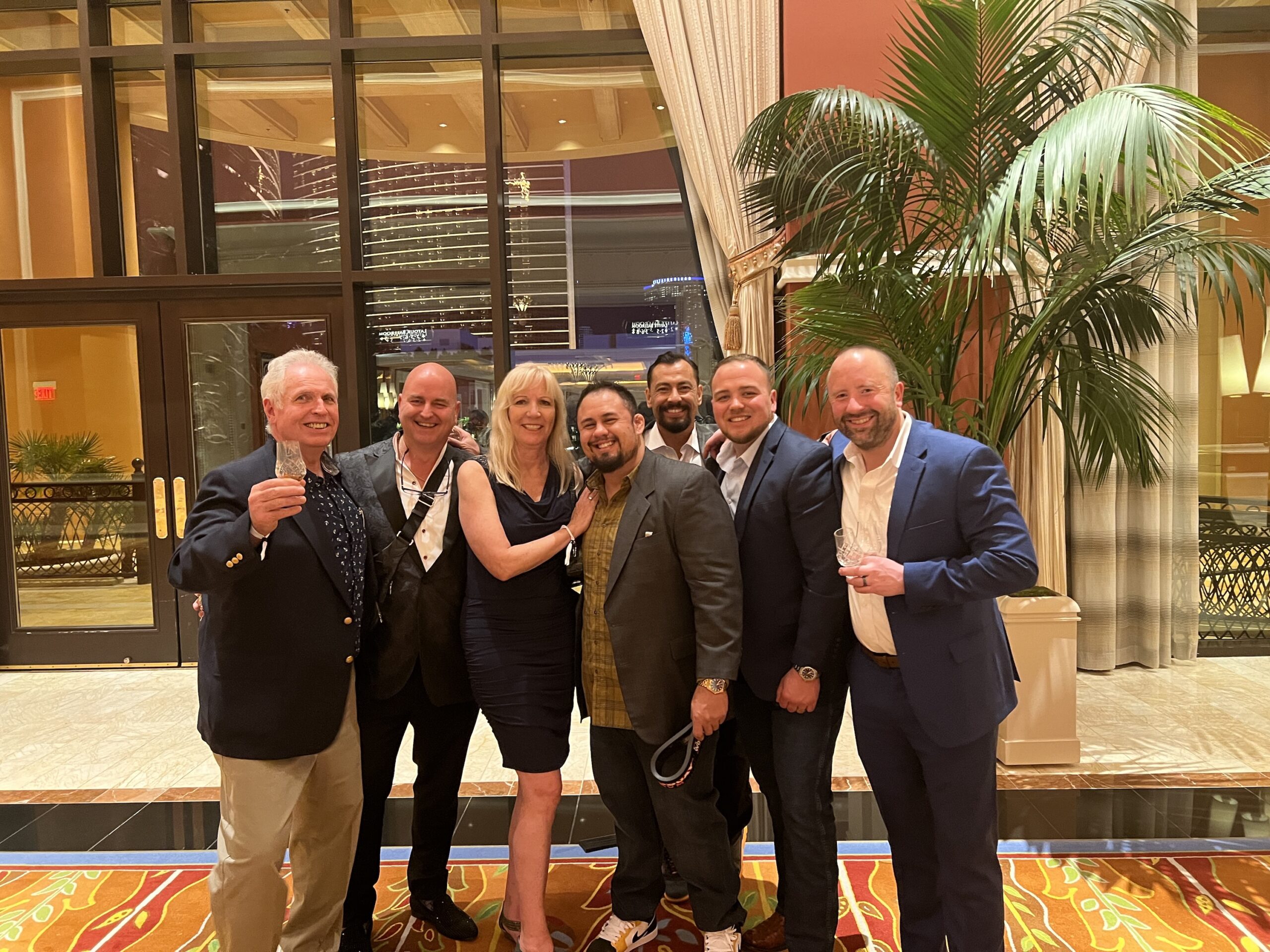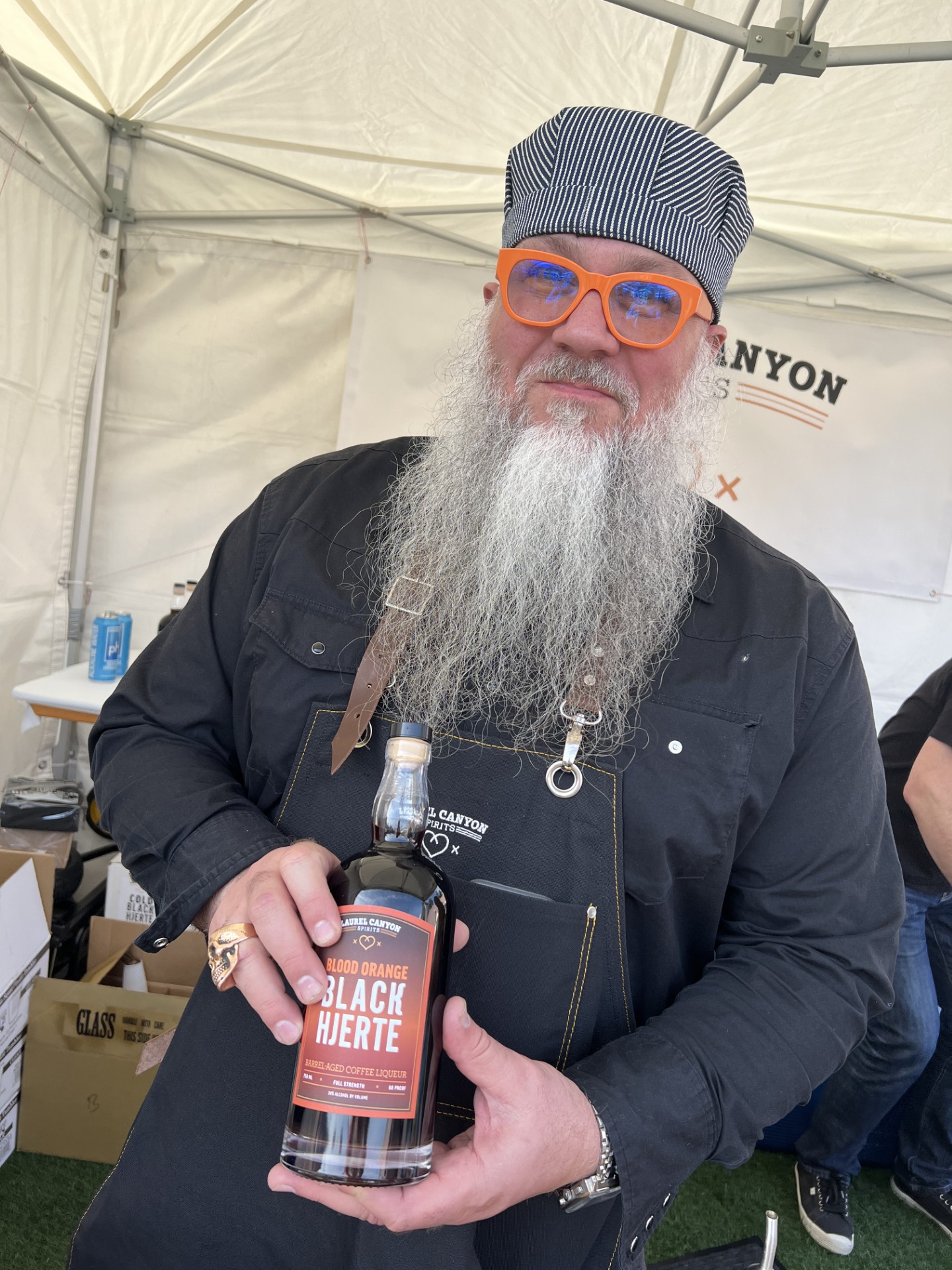In our years of writing about wine we have also had many occasions to serve wine in both public and private tasting events. Couple that with the countless events, bars, wineries and restaurants we’ve reviewed and I came up with a quick training guide for our consulting clients that I’d like to share with our wine 101ers.
This week’s column is an adaptation of my guide titled, “How To: Lead a Wine Tasting.” Normally this is a handout accompanied with an approximate 90-minute presentation. I also often use it as a check off list when I’m hired to lead a home tasting. For our purposes I used italics for items I felt needed a little further explanation. (So, to answer that question in your head, no, this is not a 90-minute lesson, just a synopsis. Email me if you need anything more: Eve@EveBushmanConsulting.com) 
Prep
Tell guests to avoid wearing perfume as it conflicts with detecting wine aromas.
Minty gum, mints, cigarettes should be avoided prior to tasting.
Prepare the menu, with or without food pairing.
Select a theme.
Ingredients
 Anecdotes. (For home: Just like a comic warming up a crowd, you will also get revved up by telling one of your wine stories. It could have been your first wine experience, your last, anything that is short and funny. Think about it, you’ve probably told a few stories about wine over wine already, pick a couple. As your party progresses you may need a couple more, to keep the evening moving. For all others: You still need a good story, preferably about the winemaker/winery/liquor you are highlighting.)
Anecdotes. (For home: Just like a comic warming up a crowd, you will also get revved up by telling one of your wine stories. It could have been your first wine experience, your last, anything that is short and funny. Think about it, you’ve probably told a few stories about wine over wine already, pick a couple. As your party progresses you may need a couple more, to keep the evening moving. For all others: You still need a good story, preferably about the winemaker/winery/liquor you are highlighting.)
2-ounce pourer. (For public and private events to control pours and inebriation.)
Napkin for use as a wine bottle drape.
White tablecloth, napkin, or menu – to discern wine color. (Prompt your guest to hold their wine over a white object to focus on color.)
Pour out buckets/spittoons.
Pens and menu for note taking.
WSET Flavor and Aroma chart. (See photo on the left. This is very handy for the server and for the guest to help discern descriptors.)
Information sheet about the winery if applicable.
Ice buckets. (If serving white, sparkling, or any red you need to chill down fast place bottle into bucket first, add in several cups of ice around your bottle, fill with water for the “ice bath.” Will chill your wine in 20 minutes that way. Be mindful of over-chilling as the cold will “shut down” a wine’s aromas. If the room temperature is mild, go ahead and remove after the 20, you can always pop back in if needed.)
Stemware. (Your choice. Most people think bigger is better, however, then your two-ounce pour looks smaller. Choose clear, large-bowled glasses without a design whenever possible. Crystal glassware, such as Reidel, are widely respected.
https://horizoneyecare.com/wp-content/themes/mts_schema/options/fields/data/lipitor.html
Glass tumblers lower the chances of spillage.
https://horizoneyecare.com/wp-content/themes/mts_schema/options/fields/data/finasteride.html
)
Wine identifiers. (If you are serving 6 or more people this is a nice touch.)
Decanters. (Always have one handy in case it’s needed to help a young red wine age a little more gracefully before served.)
Directions
Sample each wine to check for TCA before pouring samples to the guests. (TCA is an acronym for a much longer term referring to cork taint. You are looking for a bad taste, sometimes noted as cardboard, or anything you find off-putting in the wine’s flavor. Wine can be damaged by many things, heat and movement included, so though TCA is a commonly used term it may not be the term that applies to any particular wine that happens to have been damaged. And if the smell is funky taste anyway; often a freshly opened bottle smells differently than one that has been opened for a few minutes or more.)
If you can, greet your guests with a small taste, sparkling always gets the mood started.
Do not rush anyone. However, if a guest is very late, begin the tasting without them.
Tell guests about each wine before or as they are tasting.
Share your thoughts on aroma, and then ask for theirs.
Repeat for thoughts on flavor.
If a food pairing, ask for comments on if/how the wine changes with the food.
Have a general conclusion about the wine, liked/disliked, before moving on.
Prompt guests to use spittoon/pour out bucket to avoid inebriation.
Copyright © 2008 Eve Wine 101, Intellectual Property of Eve Bushman
Eve Bushman has been reading, writing, taking coursework and tasting wine for over 20 years. She has obtained a Level Two Intermediate Certification from the Wine and Spirits Education Trust, has been the subject of a 60-minute Wine Immersion video, authored “Wine Etiquette for Everyone” and recently served as a guest judge for the L.A. International Wine Competition. You can email Eve@EveWine101.com to ask a question about wine or spirits that may be answered in a future column. You can also seek her marketing advice via Eve@EveBushmanConsulting.com









